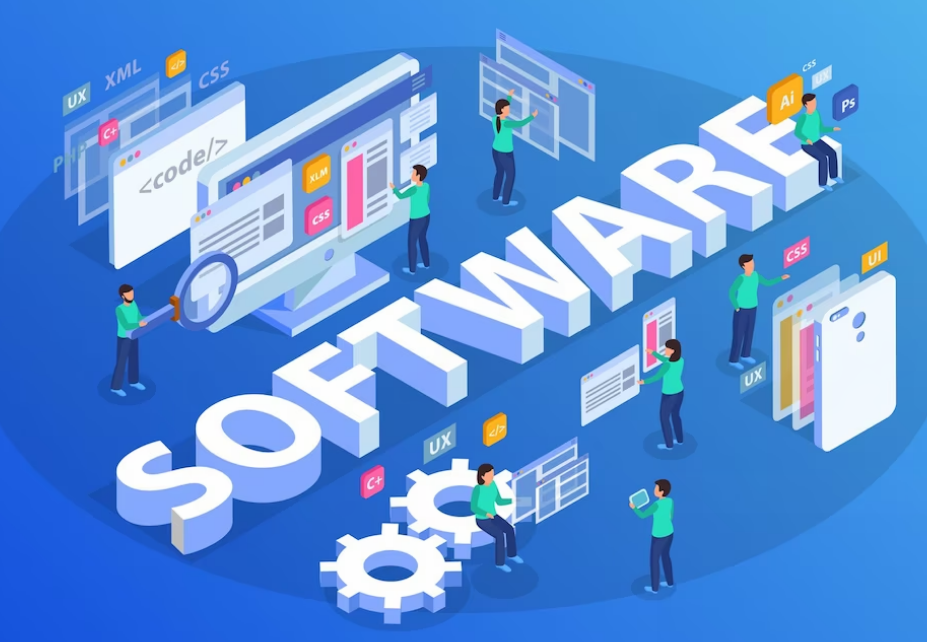Software is a term that encompasses a wide range of digital programs, applications, and instructions that enable computers and other devices to perform specific tasks. It is the intangible component that breathes life into the hardware, allowing us to use our smartphones, laptops, and other gadgets effectively. In this article, we will explore the world of software, from its definition to its evolution and its crucial role in shaping our digital landscape.
Understanding Software
Software refers to a set of instructions and data that tell a computer or device how to perform various functions. It can be as simple as a calculator app on your smartphone or as complex as the operating system that powers your computer. Software is what allows hardware to perform tasks and interact with users. It is the bridge between human input and machine execution.
Types of Software
3.1 System Software
System software serves as the backbone of a computer or device. It includes the operating system, device drivers, and utility programs. The operating system manages hardware resources, while device drivers enable communication between hardware components and the operating system. Utility programs, on the other hand, perform tasks such as disk maintenance and system optimization.
3.2 Application Software
Application software encompasses all the programs and applications designed for specific tasks or user needs. This category includes word processors, web browsers, games, and various productivity tools. Application software enhances the functionality of a device and allows users to perform a wide range of tasks.
How Does Software Work?
Software operates through a series of instructions written in programming languages like Python, Java, or C++. These instructions are executed by the computer’s central processing unit (CPU). When you open a software application, the CPU interprets and executes the code, resulting in the desired output, whether it’s displaying a web page or processing data.
The Evolution of Software
The history of software dates back to the early days of computing when programs were created using binary code. Over the years, software development has evolved significantly, with the introduction of high-level programming languages and integrated development environments (IDEs). This evolution has made software development more accessible and efficient.
The Importance of Software
Software plays a pivotal role in our daily lives. From the moment we wake up and check our smartphones to the software-driven processes in industries such as healthcare, finance, and entertainment, software is ubiquitous. It simplifies tasks, automates processes, and enables innovation.
Software Development Process
Software development involves a structured process to create, test, and maintain software. This process typically includes the following stages:
7.1 Requirement Gathering
Understanding the needs and goals of the software project.
7.2 Design
Creating a blueprint of the software’s architecture and functionality.
7.3 Implementation
Writing the actual code and programming the software.
7.4 Testing
Thoroughly testing the software for bugs and issues.
7.5 Maintenance
Continuously updating and improving the software to ensure it meets user requirements.
Challenges in Software Development
Developing software comes with its fair share of challenges, including tight deadlines, changing requirements, and the need for constant adaptation. Additionally, ensuring the security of software and protecting against cyber threats is an ongoing concern for developers and users alike.
Future Trends in Software
The software industry is ever-evolving, with emerging trends like artificial intelligence, blockchain technology, and quantum computing shaping its future. These advancements promise to revolutionize the way we interact with software and the capabilities it offers.
The Role of Software in Different Industries
Software has permeated various industries, enhancing efficiency and productivity. In healthcare, it enables electronic health records and telemedicine. In finance, it powers trading algorithms and digital banking. In entertainment, it drives immersive gaming experiences and content streaming platforms.
Software Piracy and Security
As software becomes more vital, issues of piracy and security are on the rise. Software piracy involves unauthorized copying and distribution of software, leading to financial losses for developers. Security breaches can compromise sensitive data, making robust security measures essential in today’s digital landscape.
Conclusion
In conclusion, software is the invisible force that empowers our digital world. From the smallest apps on our phones to the most complex systems running industries, software is at the heart of technological progress. Understanding its definition and significance is key to appreciating the role it plays in our lives.

